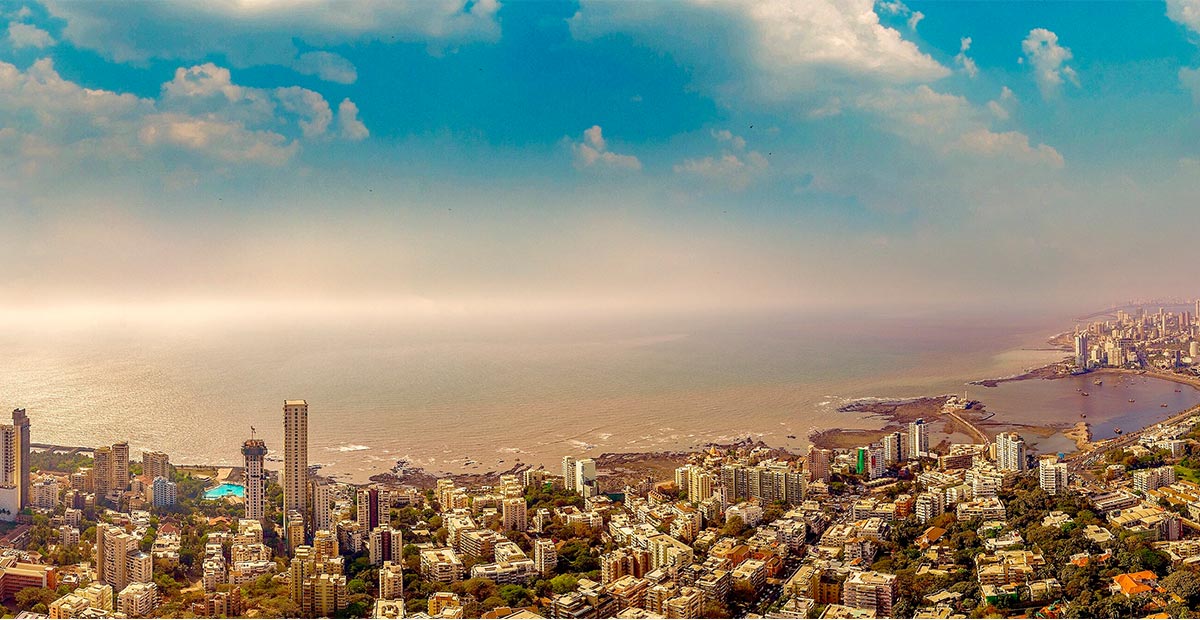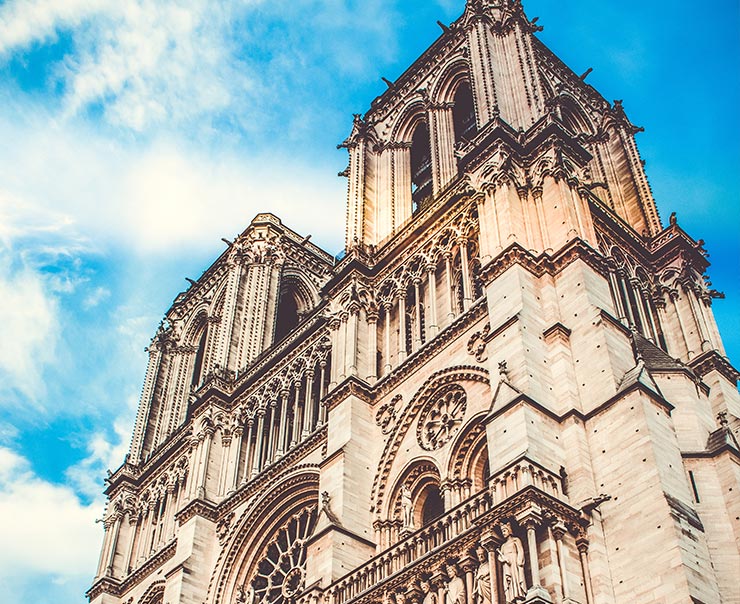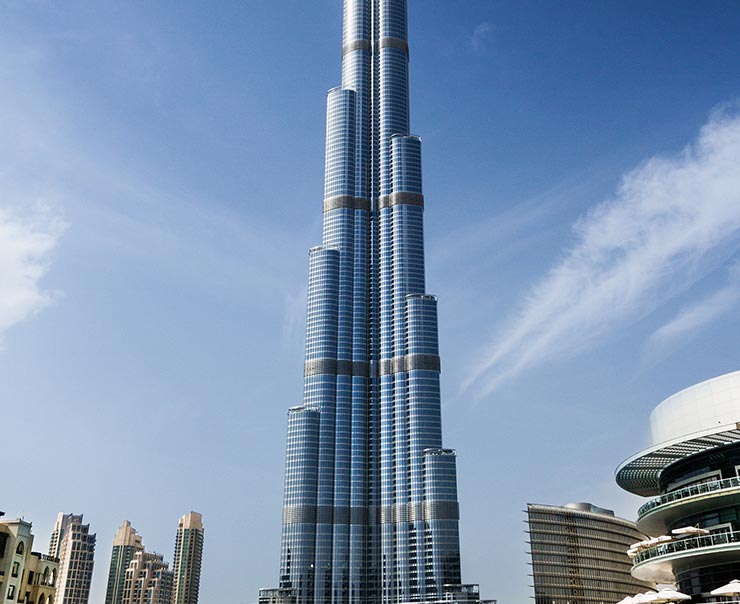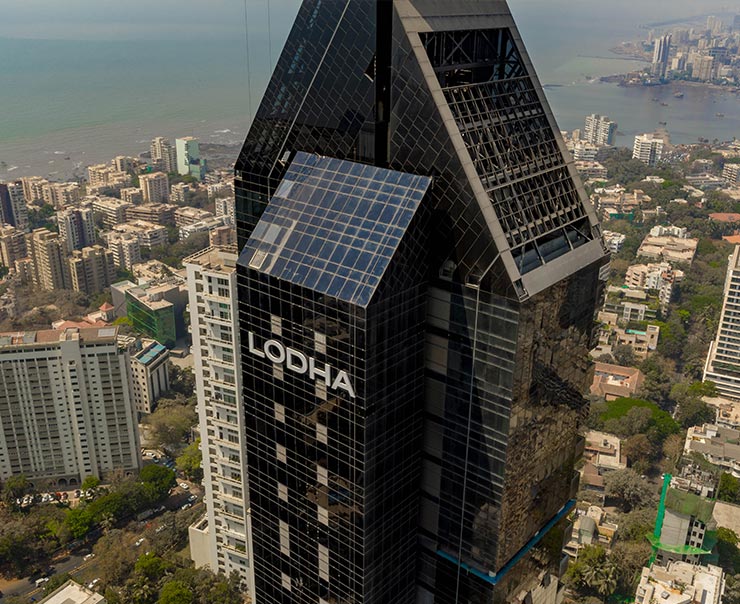
In order to answer the question of whether a place of significance can be created from scratch, it is important to understand the elements that go into elevating an area or site from an address to a landmark address. In the broad sense, landmark status is achieved through some combination of the below features:
Landmarks can be vast in the sense that they can be built into our manmade environment or they could also be a part of our cognitive environment which is made through a personal experience such as the slopes on Whistler Mountain or the beaches of Hawaii.
New York Times architecture critic, Herbert Muschamp, once wrote, “Landmarks are not created by architects. They are fashioned by those who encounter them after they are built...a landmark’s artistic qualities are incidental.”

While this is true for many significant structures from the past, such as the case of the Notre Dame – the famous cathedral built to honor the Virgin Mary which incidentally became a landmark due to its Gothic Architecture and location – there are many exception to this in modern times.
A prime example of this being the Burj Khalifa in Dubai – a structure that became a landmark even before it was fully constructed. Promised to be the tallest skyscraper in the world, the allure of global recognition along with its striking design and sky-piercing aesthetic conceived by architects transformed Burj Khalifa into an instant landmark.

In Mumbai, Lodha Altamount also proves an exception to the claim that architects don’t build landmarks. In fact, not only was Lodha Altamount conceived by the architectural maestros of time, but it also ticks off all the aforementioned points that define a landmark. The stunning black façade and the shape of the colossal structure displays dominance and is commonly referred to as ‘the vision in glass’. Lodha Altamount is also built in an area and on land which contains historical significance: the land on which Lodha Altamount is built on was the former address of the Washington House – official residence of the US Consul General. Lastly, it is a residential address for the elite of Mumbai, indicating that Lodha Altamount certainly contains an element of functionality.

Clearly there are exceptions to Muschamp’s statement but it is a far cry from being easy to achieve. In order to create a landmark, the structure needs to make an instant statement, whether it be through global recognition or design, there are several elements that need to come together – most important a clear vision – and work seamlessly in order to build, create and cement a landmark that will stand for generations.